Aluva based entrepreneur Anas Nasser started a brilliant initiative of “soil-less” gardening back in 2016 and founded Organure – a soil substitute wonder-working miraculous base to grow any plant we wish to. Four years back, he started this initiative with an aim to facilitate urban gardening while conserving natural resources. Organure- a soil substitute not only provides an eco-friendly method for home gardeners but also helps in conserving water. In conversation with The EarthView he shared his journey as well as some eco-friendly DIY methods for home gardening.
With the growing demand for urban gardening especially in the lockdown, Nasser experienced a surge in demand from all over India for Organure. He said, “Since the hobby of home gardening is growing these days, people tend to fail in growing a perfect sapling and the reason is generally lack of nutrients in the soil itself- but with organure, you can see the results within a week. Since the lockdown has begun due to COVID-19, there is a tremendous increase in the number of people enquiring about the product. This is because people can’t depend any longer on the market and also the trust in the market has shaken because of the increase in number of contaminated fruits and vegetables.”
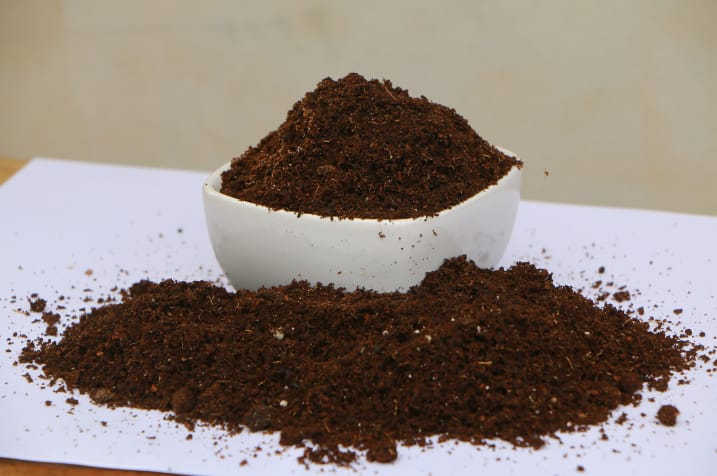
Organure is a potting mixture of coco-peat, banana stem pulp, and water hyacinth subject to bio-reaction and sugarcane press mud among others. Anas said, “After cleansing and bio-treatment, the raw materials are powdered and mixed in the requisite proportion. To make the mixture more mineral, organic plants that serve as fertilizers such as seaweed are added after due bio-reaction processes.”
He further explained, “Common indoor plants like succulents and cacti need more heat at the base and it is a good medium to ensure this. Else, additional materials such as coffee husk powder are added to the potting mixture for such plants. Whereas, herbal plants like tulsi, need a relatively more fertile medium and so suitable nutrients are added for the same.”
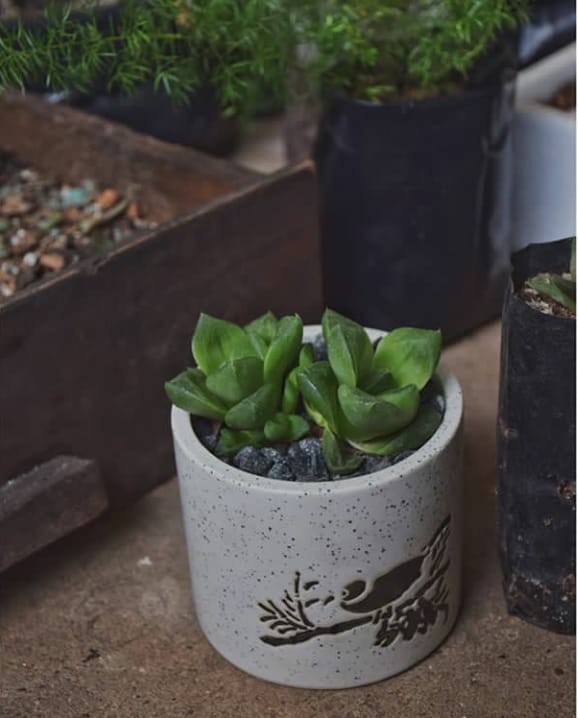
Anas also highlighted the role of Organure in conserving water. He said, “Only spraying water can do enough for the plant to grow with organure. This material is very porous; it absorbs water quickly and nicely as compared to the normal soil. So along with using natural household waste and fertilizer, water is also saved. For countries where water is costlier than petrol, Organure helps to save water and conserve it.” He believes that there is a misconception among the people in India that agriculture is not a part of household activities. If everyday essential vegetables and fruits are grown at home, not only would it become easier in availability but also provides us with food that is nutritious and chemical-free.
Anas also explained that organure can work in any climatic conditions. Watermelons, tomatoes and a lot more leafy vegetables were grown in arid lands of Africa, where they lack fertile soil. He is also catering to countries like Dubai, Malaysia, Australia, Singapore, etc. with his soil substitute, Organure.
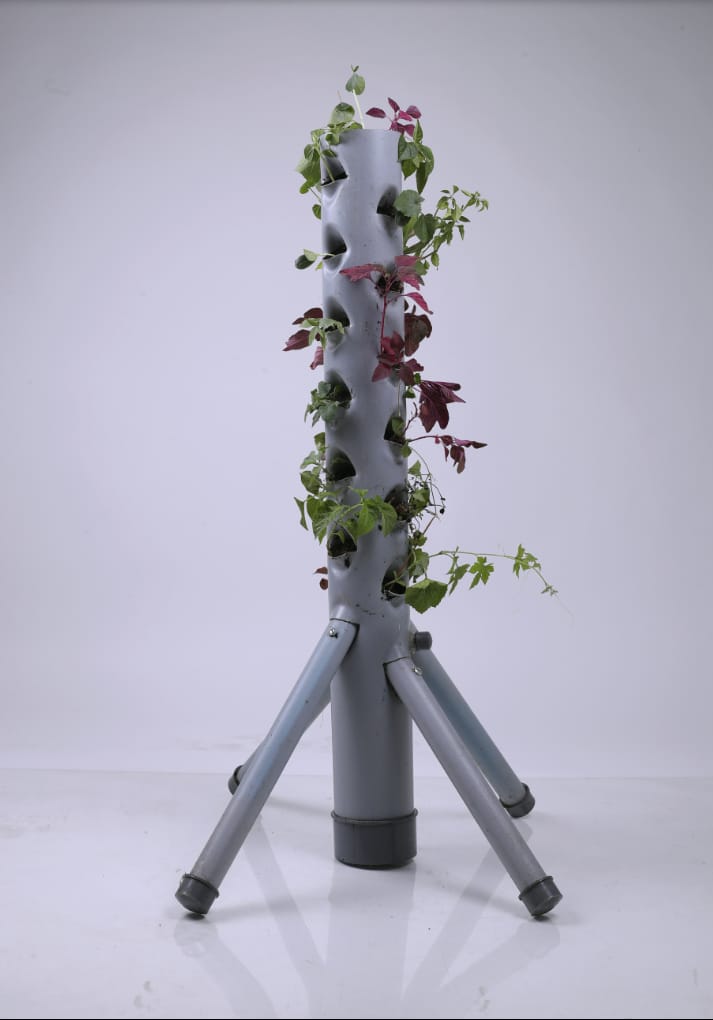
Anas who is also passionate about home gardening and has his garden at home shares some DIY homemade methods of making fertilisers. He said, “Homemade fertilizer can be made by mixing water, jaggery, salt, tamarind and unwanted grass growing around, and let it rest for 15 days. Later it can be filtered and diluted, which works wonders. Beginners of gardening need to understand that just soil and water alone cannot serve the growth of a plant; there are other necessary nutrients, which are needed. The sole purpose shouldn’t be just growing but growing something which is full of healthy nutrients and has to be given love and proper care too.”
He added that other known household methods, can be very useful for growing “microgreen’ at home. Cereals such as rice, oats, wheat, corn and barley, as well as legumes like chickpeas, beans and lentils, are also sometimes grown into micro greens. Microgreens vary in taste, which can range from neutral to spicy, slightly sour or even bitter, depending on the variety. He said, “Generally, micro greens include a variety of edible immature greens, harvested with scissors less than a month after germination when the plants are up to 2 inches tall. They contain considerably higher levels of vitamins and carotenoids – about five times on an average – than their mature counterparts. It can be plucked and used directly in salads, smoothies and curries.”
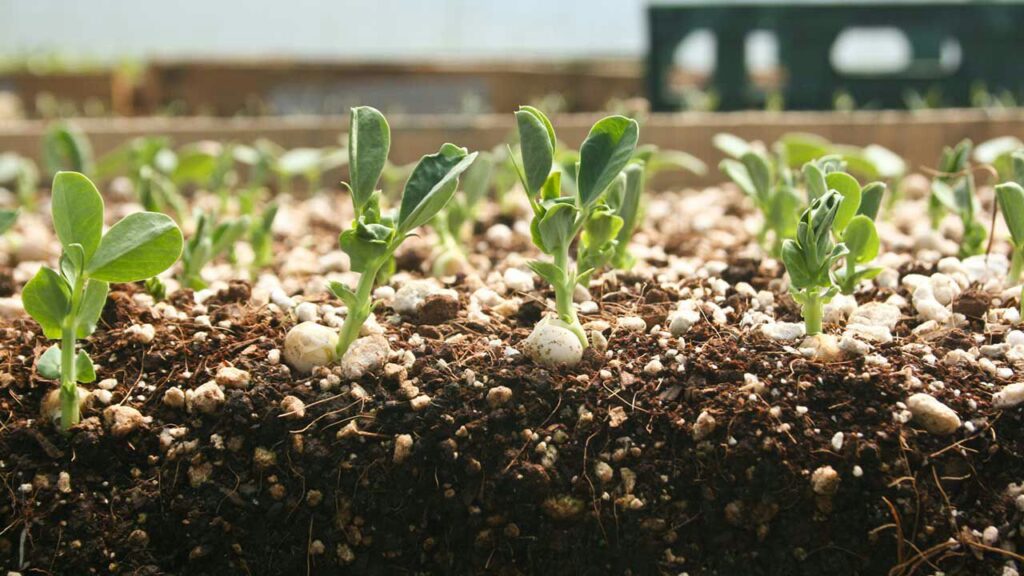
He shared that these highly nutritious micro greens can be easily grown at home and shared some DIY methods to do the same. He said, ” Fill trays with an inch or so of moist (but not wet) growing medium. Seeds used for sowing should be soaked overnight or a few hours before sowing. Usually larger seeds or seeds with a very hull should be used.”
Anas further said, “Spread seeds evenly over the entire surface of the soil and sprinkle a little bit of soil/growing medium over them. Pressing seeds into the soil helps them establish good soil contact, which allows them to absorb more moisture. Some growers will cover trays with a plastic bag or plastic wrap to encourage germination in the beginning.”
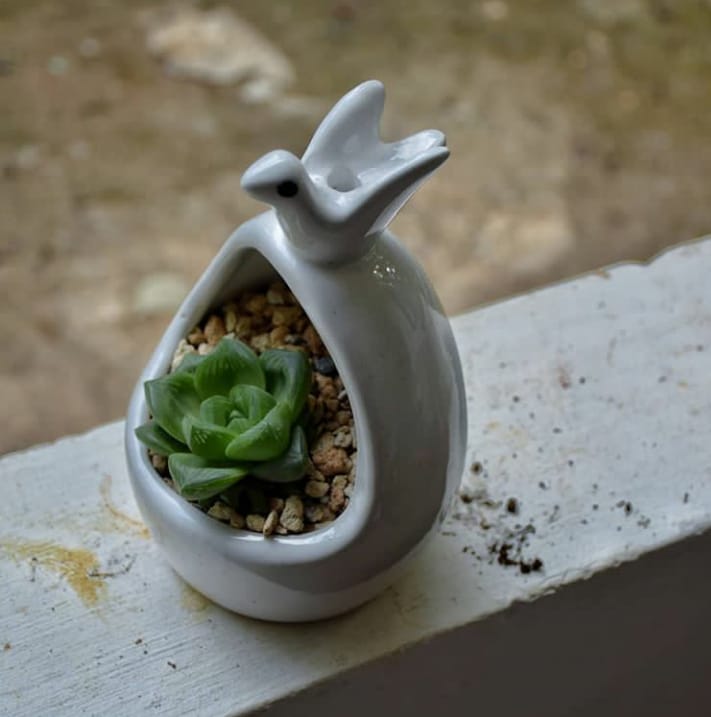
Anas further added that these trays could be kept in a windowsill or open air and need to be misted at least once a day with a spray bottle. Once the micro greens are a few inches high and have developed a set of true leaves, they are ready to harvest. Using sharp scissors cut the stems just above the soil line.
“My main objective is to acquire more knowledge and give people more advise on gardening. Also to see nature flourish while sustaining the natural resources.” He also sells some self-made unique pots for tiny spaces like an apartment,” said Anas as he signs off.
To connect with Organure , reach out on Instagram profile @anas.organure or facebook page https://www.facebook.com/pages/category/Patio-Garden/Organure-1882111215440236/
Written By: Kosha Naik

